Challenges of Lane Closures on I-5
The initial week of lane closures on the northbound I-5 has proven to be a tough experience for many commuters. While it’s difficult to imagine a worse start, there have been some improvements in traffic conditions over the course of the week. On Monday, the situation was particularly challenging as everyone seemed to leave early, leading to a concentration of traffic that made travel times longer than usual.
RB McKeon, a Public Information Officer with the Washington Department of Transportation’s Northwest region, noted that Tuesday morning saw some improvement, and Wednesday was even better. However, despite these slight improvements, overall speeds remain slower, and travel times are extended, according to Bob Pishue, a transportation analyst with Inrix.
Pishue highlighted that the data reflects the impact of people avoiding I-5, which is evident in the slower travel speeds on key detour routes throughout the day. Southbound commuters from areas north of Seattle are experiencing the most difficulty because the I-5 Express lane is only open to northbound traffic, compensating for the closed lanes until August 15th.
Traffic Patterns and Speed Reductions
On I-5, southbound traffic between 7 a.m. and 10 a.m. is moving 35% slower than last week. The slowdown continues into the 11 a.m. to 2 p.m. timeframe, with speeds dropping by 32%. Although southbound traffic speeds improve in the evening, northbound speeds decrease by 29% compared to last week.
SR 99 has become one of the primary routes for drivers avoiding I-5. Southbound morning traffic is 36% slower than last week, and midday traffic is 32% slower. In the evening, northbound traffic on SR 99 is 29% slower.
15th Avenue NW, a major thoroughfare connecting to downtown Seattle, is also experiencing significant delays. While midday traffic remains comparable to last week, southbound traffic in the morning is 14% slower, and evening traffic is 4% slower.
I-405, another alternative route, sees increased traffic as drivers loop around the metro area to access Seattle from Lake Washington. Southbound traffic is 2% slower in the morning and 20% slower at midday. Northbound traffic in the evening is 19% slower.
Impact on Other Major Roads
25th and Montlake avenues are also feeling the strain. These roads, not designed for high-speed traffic, are seeing more vehicles due to the I-5 lane closures. Southbound traffic is 17% slower in the morning and 19% slower at midday. Northbound traffic in the evening is 14% slower.
Pishue noted that rush-hour traffic is starting an hour earlier, especially on I-5. Data shows that on Monday and Tuesday, speeds began to drop around 5 a.m. By 6 a.m., speeds were below 40 miles per hour. Congestion sets in around 7 a.m., and southbound travel speeds don’t return to normal until after 4 p.m., when northbound traffic increases.
Alternative Transportation Options
In comparison, southbound SR 99 speeds recover around 11 a.m. Sound Transit has reported an increase in ridership since the lane closures began. Parking lots and garages in northern communities, which have been filling up regularly since 2024, are now filling up an hour earlier, before 8 a.m.
David Jackson, a Public Information Officer with Sound Transit, suggested that people should consider taking transit to avoid the congestion. He advised commuters to plan their trips using available transit services, such as Sound Transit, King County trip planning, and Community Transit.
McKeon acknowledged that not everyone can adjust their schedules, but she encouraged those with flexibility to travel outside peak hours if possible. She emphasized the importance of community cooperation during this challenging time.
“If you have the flexibility, please consider how you can help the system. We really do think that we’re all in this together and we’ll get through it together,” McKeon said.

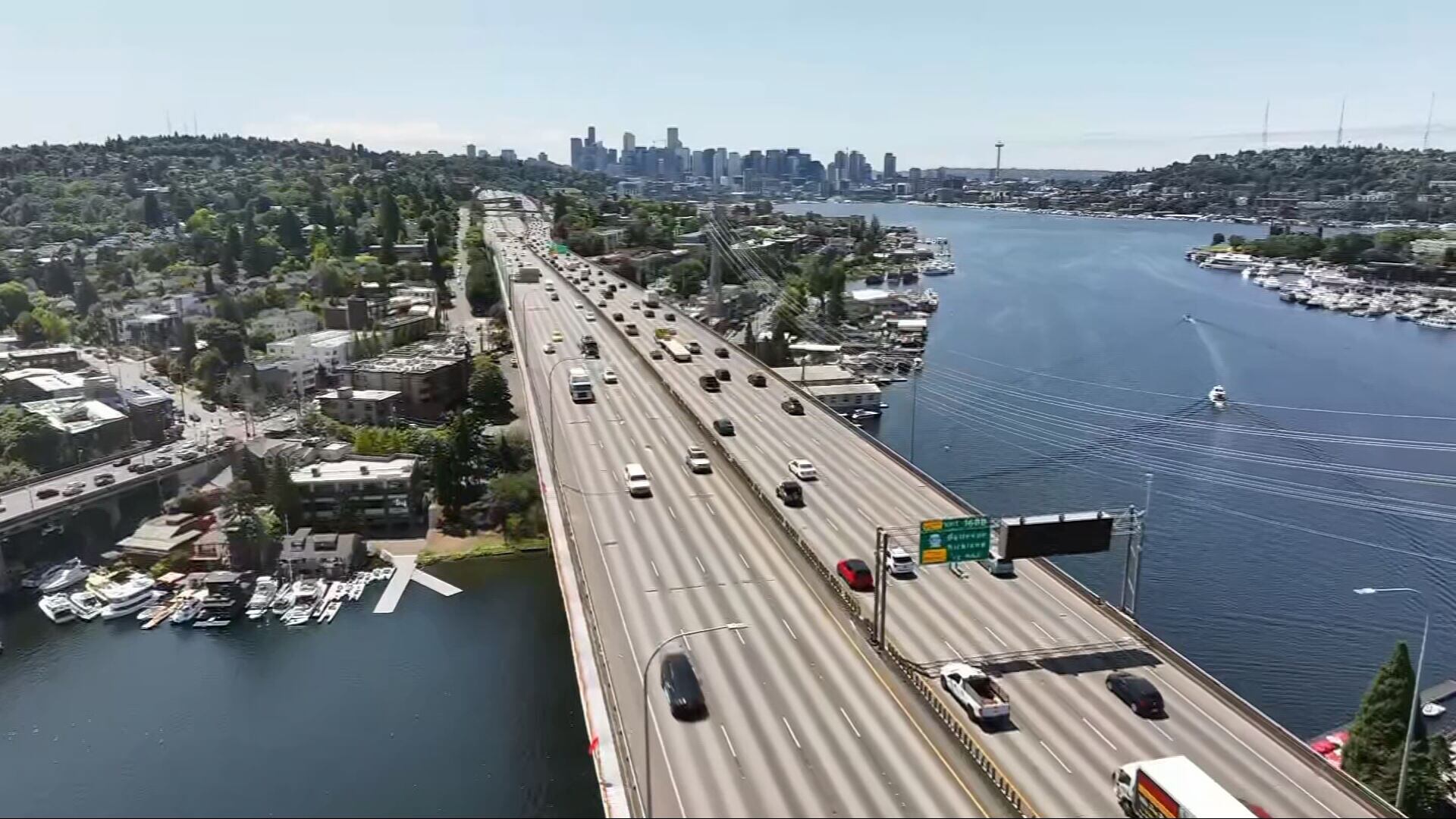

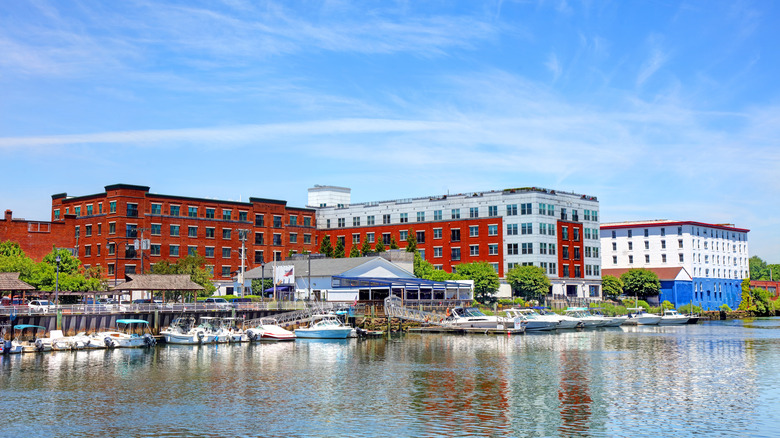


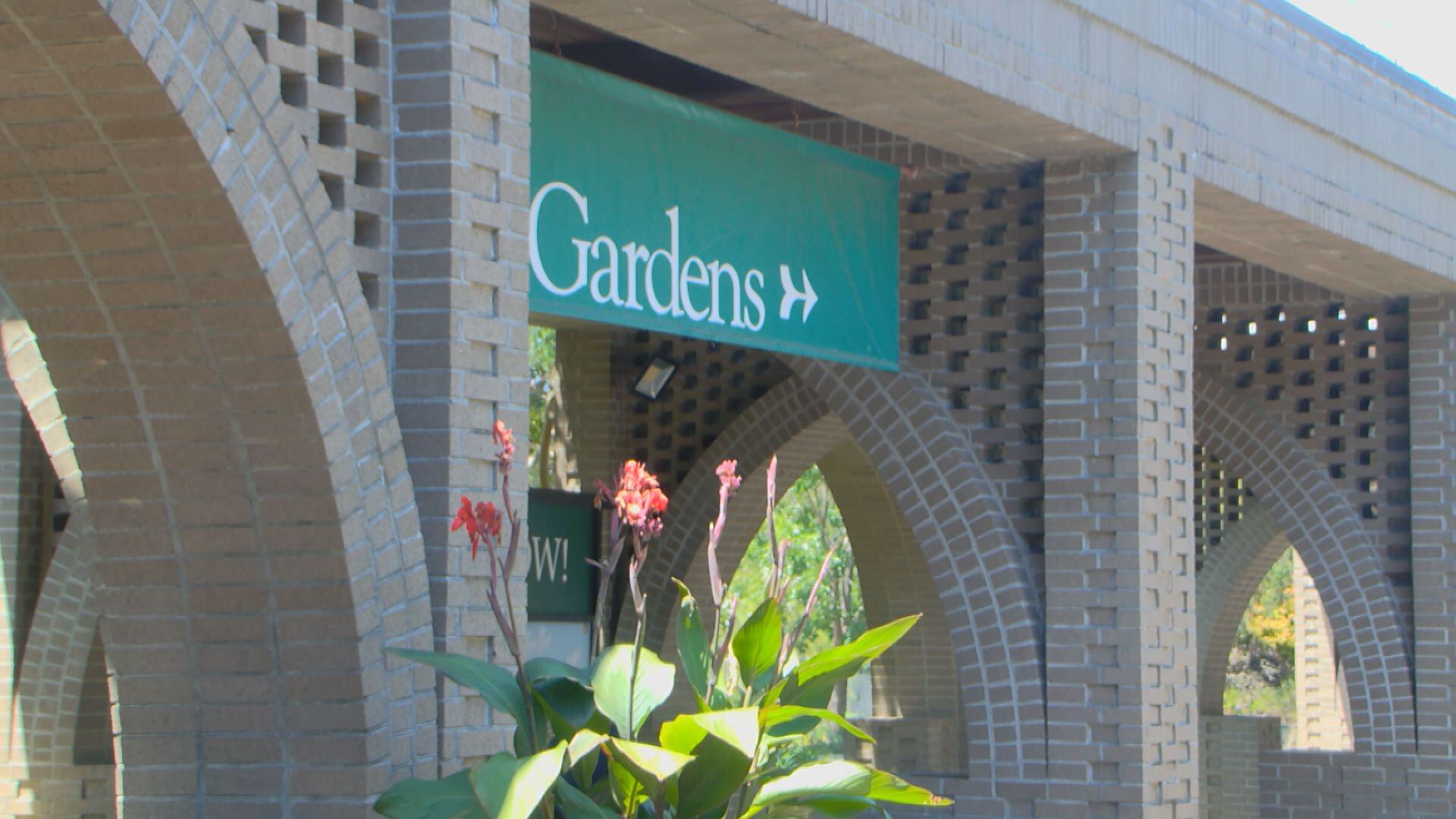
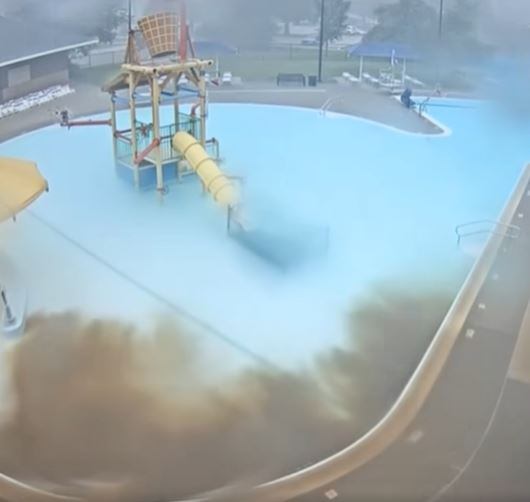
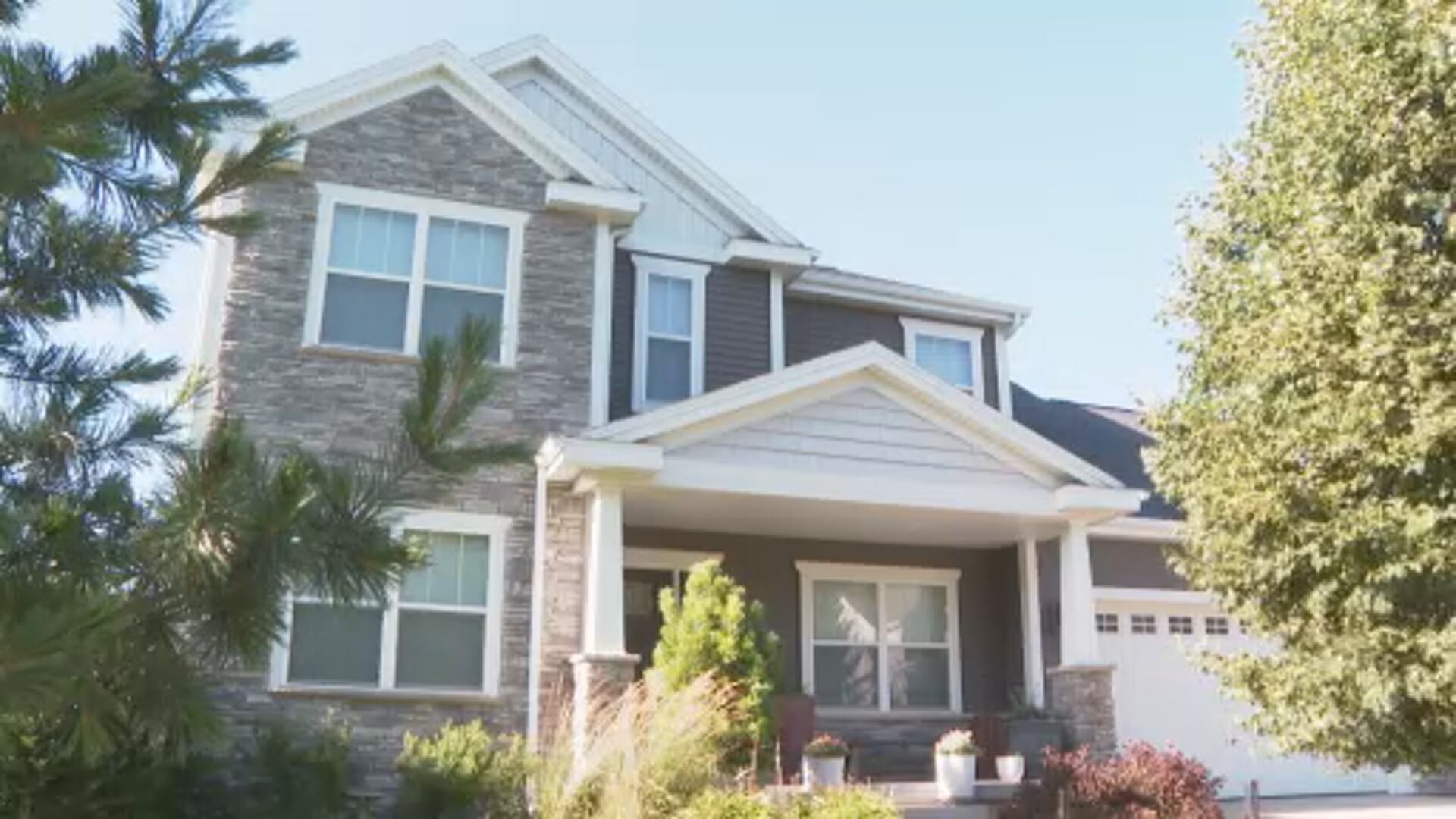

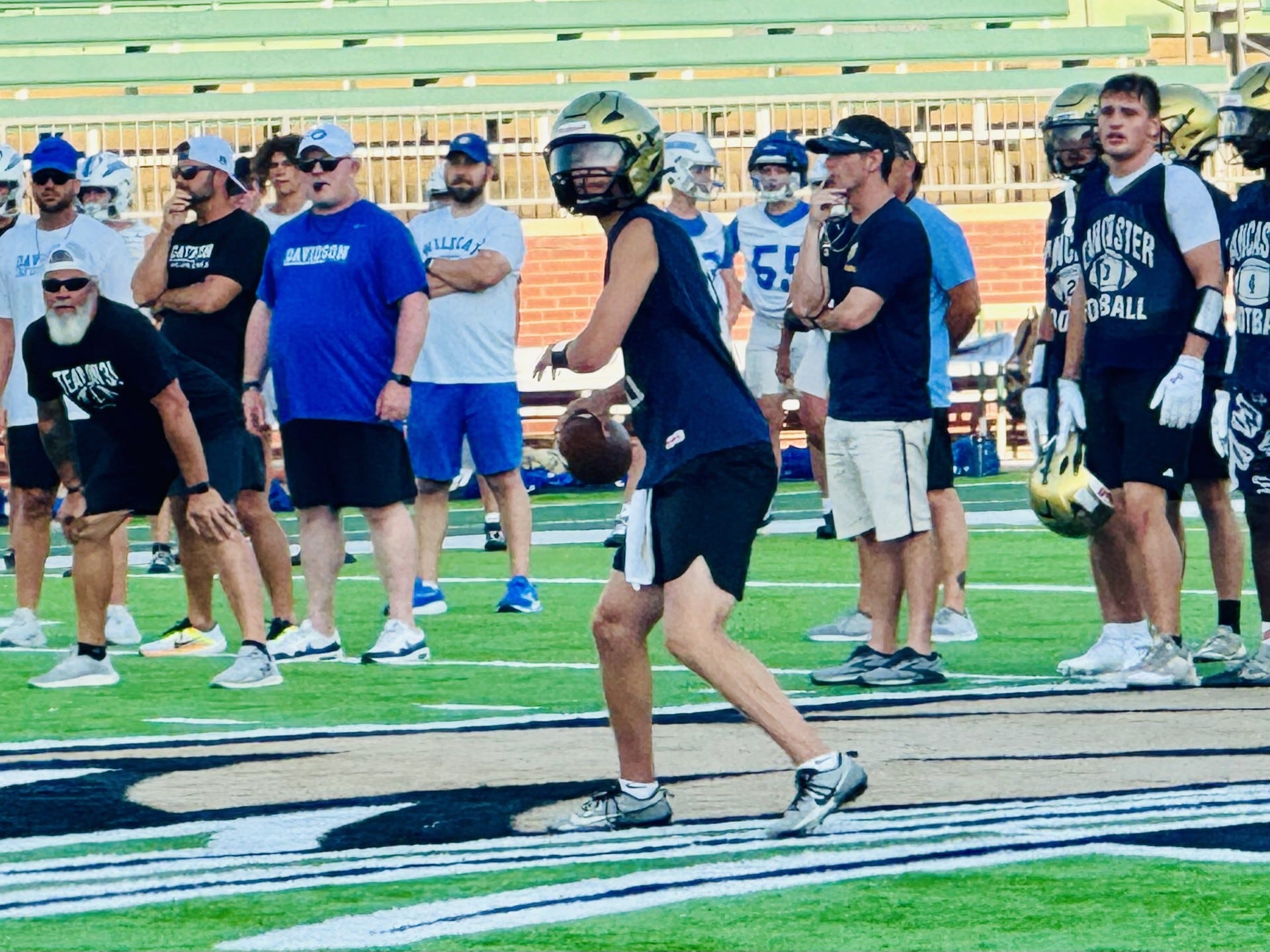

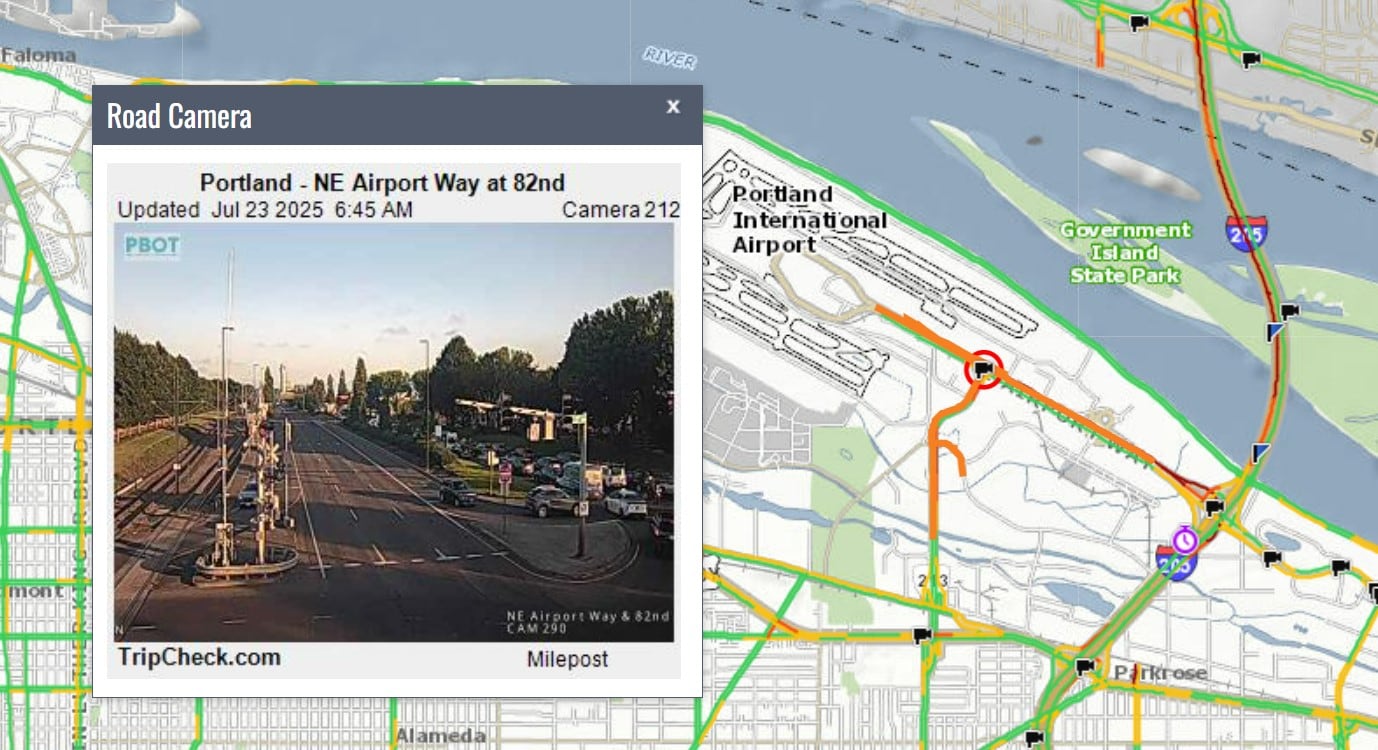
Leave a Reply